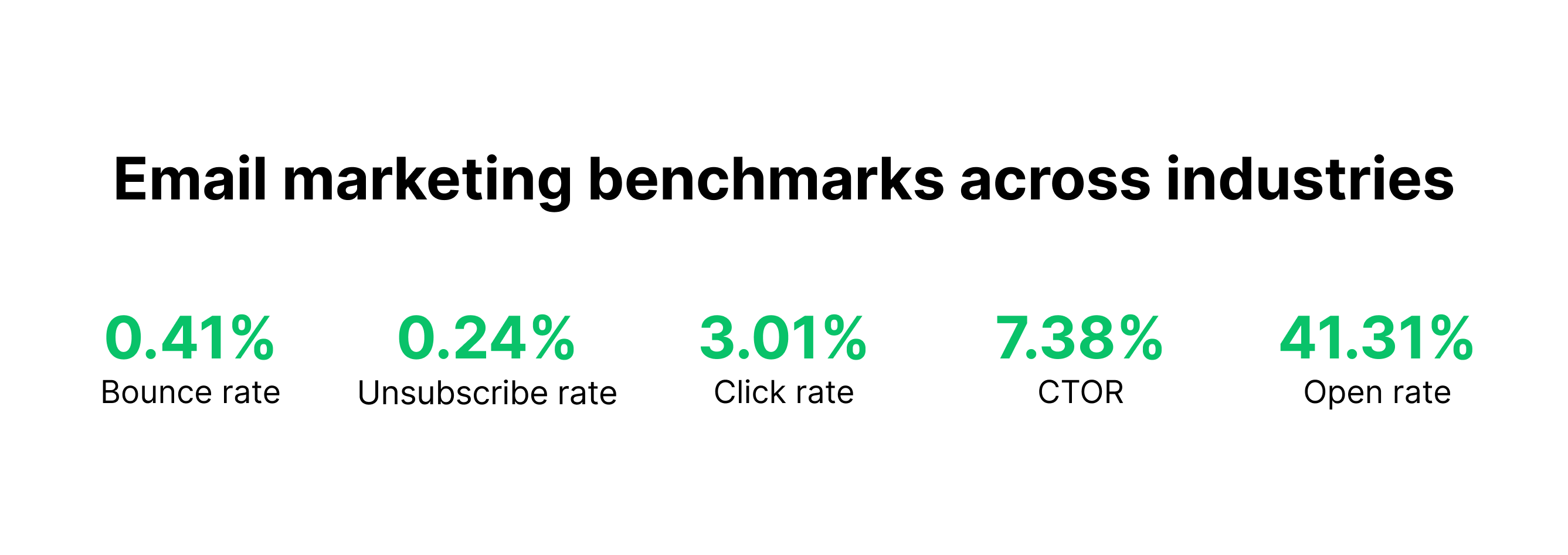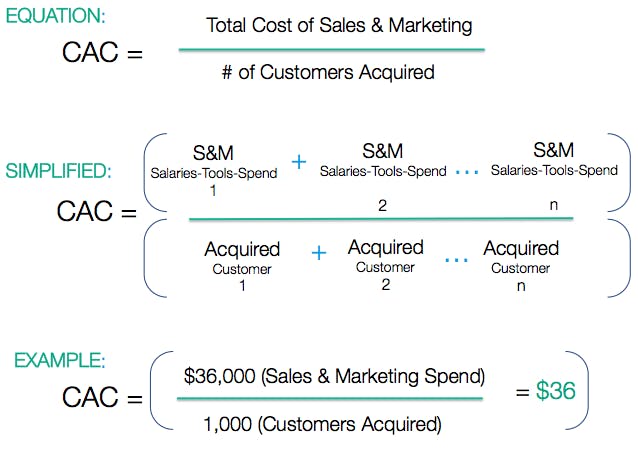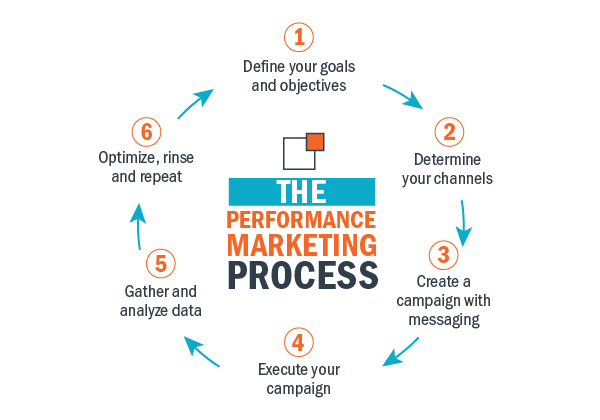What are marketing benchmarks and why should they matter to your business? Defining your marketing benchmarks is the secret heat map every high-performing marketing campaign needs.
Less stargazing, more map reading.
Nothing short of a treasure map, marketing benchmarks let you measure, gauge, and track strategies with a laser-focused approach. They are your key to performance strength, a clear lens to pick apart the good from the ugly. Later in this guide, I’ll introduce you to the nooks of marketing benchmarks and why they’re the x-factor in your campaigns.
Like the cogs in a thriving machine, each marketing benchmark plays a unique role. And these roles? They’re instrumental to your marketing campaigns’ performance. So, no need for wild guesses or throwing darts in the dark anymore.
Welcome to the age of informed decision-making. Let’s unravel the secret sauce of high-performing marketing campaigns.
What are Marketing Benchmarks?
Marketing benchmarks are valuable keys to successful campaigns. Prepare to take a deep dive into their role and importance:
- Understand the purpose of marketing benchmarks in shaping a winning strategy.
- Grasp why marking benchmarks matter and their influence on campaign outcomes.
- Uncover insights on how benchmarks can elevate your marketing effectiveness.
Don’t expect a marketing masterclass without delving into benchmarks.
The Role of Marketing Benchmarks in Successful Campaigns
Many marketers face an uphill battle. Their woes include:
- Aligning their campaigns with goals
- Deciphering consumer behaviors
- Understanding market trends
The stakes are high, as any misstep can cost precious resources and missed opportunities. Marketing benchmarks, however, offer salvation. They serve as a compass in the intricate labyrinth of marketing challenges.
Marketing metrics offer a clear understanding of what works and what doesn’t – both in specific market sectors and the broader market. This insight not only saves time and resources but also ensures that marketing efforts are on the right track.
The Importance of Benchmarks
Benchmarks are the lifeblood of any marketing campaign. They enable marketers to:
- Set realistic goals and expectations
- Assess the efficacy of their marketing strategies
- Track progress over time
Think of marketing benchmarks as signposts along the road that signal if a campaign is headed the right way. They establish a quantifiable standard against which marketers can measure their campaigns – leaving no room for ambiguity or conjecture.

Elevating Performance
Marketing benchmarks act as a catalyst, pushing marketing efforts to excel. These benchmarks can spur competitiveness, motivating marketers to outperform their previous best or even surpass industry standards. By providing a clear picture of the landscape, benchmarks can inspire innovative strategies and creative solutions to leapfrog over hurdles.
An in-depth understanding of how well marketing efforts are resonating with target audiences needs accurate measurements of:
- Customer engagement
- Lead conversion rates
- Digital media metrics
Understanding the role of marketing benchmarks is one thing, but assessing their different types is where their true dynamism comes to light.
Types of Marketing Benchmarks
- Navigating the vast landscape of Email Marketing Benchmarks
- Cracking open the secrets of Content Marketing Benchmarks
What’s the real secret sauce for high-performing marketing campaigns? Benchmarks. Allow us to clarify – marketing benchmarks.
Email Marketing Benchmarks: The Key to Effective Communication
Email marketing metrics or benchmarks help gauge campaign performance. But what are they exactly? Think of them as key performance indicators (KPIs) of your emails similar to:
- Open rate
- Click-through rate (CTR)
- Bounce rate
- Unsubscribe rate
| Email Marketing Benchmark | Description | Why It Matters |
|---|---|---|
| Open Rate | The percentage of email recipients who open a given email. | Indicates how well your subject lines perform and the initial engagement level of your emails. |
| Click-Through Rate (CTR) | The percentage of email recipients who clicked on one or more links contained in a given email. | Serves as a measure of your email content’s relevance and engagement; indicates how well you’re driving actions. |
| Bounce Rate | The percentage of your sent emails that could not be delivered to the recipient’s inbox. | Reflects the quality of your email list and helps you to maintain a clean list for better deliverability. |
| Unsubscribe Rate | The percentage of email recipients who unsubscribe from your future communications after opening an email. | Helps gauge the overall reception of your emails and indicates if your content aligns with audience interests. |
| Conversion Rate | The percentage of email recipients who clicked on a link within an email and completed a desired action. | Measures the effectiveness of your email in driving recipients to your final goal, such as purchasing a product or signing up for a service. |
| List Growth Rate | The rate at which your email list is growing. | Helps track the success of your list-building initiatives and indicates public interest in your brand. |
Feel free to add any additional benchmarks you find relevant, and adjust the descriptions based on your specific context and targets. This structured approach provides a clear overview of the crucial metrics in email marketing, offering valuable insights into the performance and impact of your campaigns.
The Anatomy of Email Benchmarks
Each email marketing benchmark offers distinct insights:
- Open rate: indicates your subject line’s attractiveness
- CTR: serves as a testimony of your email content’s relevance and engagement
- Bounce and unsubscribe rates: reflect upon the quality of your email list and content respectively
Every single one of these data points is packed with powerful know-how, powering your next campaign’s effectiveness. Harnessing them isn’t a luxury-it’s a necessity to ensure you’re speaking your audience’s language.

Content Marketing Benchmarks: Driving Engagement and Conversion
Switching gears, let’s chat about content marketing benchmarks. content marketing benchmarks are critical parameters measuring the performance of your content strategy. These include metrics like:
- Traffic: Infers the number of eyeballs your content garners
- Time on site: Signifies audience engagement with your content
- Social shares: Reflect its shareability factor
- Conversion rate: Uncovers the capacity of your content to turn leads into customers
- Customer retention rate and subscriber growth: Echo the value your content provides to the audience
By apprehending these benchmarks, you’re not merely guessing the success of your content marketing campaign, but evidencing it with data.
And there you have it-the ABCs of email and content marketing benchmarks.

Industry-Specific Insights: Marketing Benchmarks by Industry
- Unpacking essential retail industry benchmarks for customer engagement
- Exploring pivotal benchmarks within the hyper-competitive technology sector
Retail Industry Benchmarks: Setting the Bar for Customer Engagement
The retail industry thrives on customer engagement. Building a warm rapport with customers has become central to outperforming competitors.
In a sea of retail competition, the following two benchmarks give clarity on healthy customer engagement levels. After all, understanding these industry-specific benchmarks transforms how we craft marketing strategies.
1. The Average Order Value (AOV)
AOV is a crucial benchmark indicating the average amount spent each time a customer places an order. Comparing your AOV with the industry average can give your business a clear understanding of its performance. It can also shed light on areas in your marketing that require improvement.
The Average Order Value (AOV) varies significantly by industry. According to recent data:
- The Home and Furniture industry leads with an AOV of $217, which is the highest among all sectors, though it noted a decrease from the previous month’s $252.

Source: Oberlo
- Luxury and Jewelry follows with an AOV of $162, marking an increase from the previous period.
- Fashion, Accessories, and Apparel industry sees a slight dip, moving from an AOV of $141 in November to $139 in December.
- The Food and Beverage sector reported an AOV of $90.
- Multi-brand Retail has an average order value of $74 in the same period.
- Beauty and Personal Care, Pet Care and Veterinary Services, and Consumer Goods follow with AOVs of $73, $63, and $51 respectively.
In comparison, the global average order value across various industries is approximately $109, with specific industries like Beauty and Personal Care at $72, Food and Beverage at $93, and Fashion, Accessories, and Apparel at $141.
If your business’s AOV falls significantly below these benchmarks, it might be an indication to reassess your pricing, marketing strategies, or customer engagement approaches. Conversely, if your AOV surpasses industry averages, it suggests your strategies might be effectively aligned with customer expectations and market demand. Always consider the specific context of your business when evaluating these numbers.
2. Customer Acquisition Cost (CAC)
CAC is another key benchmark that’s discussed widely in every retail boardroom. This benchmark determines the average cost to acquire a single customer.
The lower the CAC, the better. A high CAC implies poor marketing efficiency and vice versa.
Below you can see the full breakdown of this benchmark so you can calculate your own.

Technology Industry Benchmarks: Navigating the Digital Landscape
Running parallel to the retail sector, the technology industry is bursting at its seams with innovation and competition. Within such a rapidly evolving landscape, having robust benchmarks becomes even more critical to maintaining an edge over competitors.
- Conversion Rate (CR): In the tech industry, most activities are online-based, making conversion rates a significant benchmark for digital marketing. It indicates the percentage of your website’s total traffic that ends-up making a purchase or subscribing to a service.
- Email Open Rate (EOR): Since email marketing is heavily used in the tech industry, understanding your email open rate is vital. A lower than average EOR indicates that your outreach strategy might need some fine-tuning.
Benchmarks aren’t just numbers; they’re windows into industry trends. Gaining expertise in understanding and applying these insights can be transformative for your marketing outcomes.
How to Set Marketing Benchmarks
- 1: Understand how to identify your marketing goals for setting benchmarks.
- 2: Scrutinize and interpret your past marketing campaigns.
- 3: Investigate, understand, and apply industry standards.
With the insights gained from industry-specific benchmarks, it’s time to tackle your own. This process is not simply about racking up numbers; it’s about setting valuable metrics that track progress and drive success.
Step 1: Identify Your Marketing Goals
It’s impossible to measure success without knowing what you’re trying to achieve. Content marketing goals aid in guiding your strategies and maintain your team in alignment. They set the destination, and benchmarks serve as wayfinding signs on your trip. Here’s the key: your marketing goals should not be vague aspirations but quantifiable goals.
Exploring the Components of SMART Goals:
To ensure the efficacy of a SMART Objective, it should encompass five critical attributes: Specificity, Measurability, Attainability, Relevance, and Time-sensitivity. Here’s an in-depth look at what these components entail:
Specificity: A precise objective is straightforward and defines the expected outcome without vagueness. It resolves the fundamental queries of who is involved, what needs to be accomplished, where it will take place, when it should happen, which requirements are necessary, and why this goal is important. Detailing these aspects enhances the goal’s clarity.
Measurability: An objective that can be measured allows for the tracking of progress and the ultimate evaluation of success. Establishing clear criteria for measuring progress toward the attainment of each goal is essential.
Attainability: A goal should be achievable; it must remain within the realms of possibility and practicality. While it should be challenging, it should not be so daunting as to seem impossible, balancing ambition with realism.
Relevance: The goal must align with broader objectives and fit within the framework and capabilities of the organization or individual. It should contribute to the overarching aims and consider the current environment and resources available.
Time-sensitivity: Assigning a clear deadline to a goal adds a sense of urgency and helps prioritize efforts and resources. A defined timeframe facilitates focus and momentum, ensuring that the objective is not overlooked or indefinitely postponed.
| Aspect | Description |
|---|---|
| Specific | – What I want to accomplish: [Goal] – Who is involved: [Stakeholders/Team] – Where: [Location/Context] – When: [Time frame] – Which resources or limits: [Constraints/Necessities] – Why: [Purpose/Benefits] |
| Measurable | – How much/many: [Metrics for success] – How will I know it is accomplished: [Indicators of progress/completion] |
| Achievable | – How can the goal be accomplished: [Steps] – What resources are required: [Resources/Support needed] – Is it realistic: [Feasibility] |
| Relevant | – Does this seem worthwhile: [Alignment with broader objectives] – Is this the right time: [Current context support] – Does this match our other efforts/needs: [Alignment with other projects] |
| Time-bound | – By when: [Deadline for completion] – Milestones: [Key checkpoints/interim targets] |
| Reflection | – Obstacles: [Potential challenges] – Support Needed: [Required people, tools, knowledge] – Review Dates: [Dates for progress review] |
Fill in each section with specific details relevant to your goal to make sure it is well-defined and actionable. This structured approach will help you in clearly outlining your objective, ensuring it is realistic and aligned with broader aims, and setting a definite timeline for its achievement.
By integrating these elements, SMART Goals act as a clear roadmap, guiding you and your business toward successful outcomes by providing structure and trackability.
Each marketing goal should correspond with benchmarks that span different stages of your marketing funnel. These benchmarks must mirror customer pathways from awareness to purchase, aiding you to evaluate each stage’s effectiveness.
Step 2: Analyze Your Past Performance
Knowing your past is crucial to shape your future. By analyzing what worked and what didn’t, you can set valuable marketing benchmarks that push for improvement, not just maintenance. Look at your previous campaigns, and, no holds barred, truthfully assess their success or lack thereof.
To be effective, this needs to be a meticulous, ruthless investigation into your marketing history. Break down every campaign, every content piece for every platform, and examine how each performed. This will not only inform your benchmarks but also:
- Set trends
- Point out opportunities
- Propose ideas for future campaigns
.webp)
Step 3: Research Industry Standards
Don’t exist in a vacuum – use industry benchmarks to understand where your marketing measures up against competitors. Industry standards serve as goalposts, indicating where you should be headed. They offer a means of understanding what’s considered success in your specific area.
Remember that these are guideposts, not hard-and-fast rules. Your business is unique, with its specific strengths and challenges. Therefore, the aim should not be to mimic but to learn and apply relevant insights to your context. Industry standards should inform your benchmarks, not dictate them.
Performance Marketing vs Marketing Benchmarks: Understanding the Difference
While performance marketing allows us to fine-tune campaigns based on real-time results, marketing benchmarks provide a pre-defined measure of success against which we can evaluate our efforts. Your learning takeaways from this section include:
- The symbiotic relationship between performance marketing and marketing benchmarks.
- The importance of integrating these marketing pillars into your strategy.
The Role of Performance Marketing in Achieving Benchmarks
Performance marketing is the scientific, data-driven side of your strategy. It hinges on designing campaigns in such a way that you can measure, optimize and charge for them based on their actual performance.
The power of performance marketing lies in its focus on quantifiable matrices – from click-through rates to conversion rates – all associated with specific actions from the receiver’s end.
To clarify, don’t confuse these live assessment metrics with your benchmarks. The latter are your goals, while performance marketing is the process of fine-tuning and optimizing your campaigns using real-time data to achieve those goals. All this to support performance marketing ROI.

Integrating Marketing Benchmarks into Your Performance Marketing Strategy
Marketing Benchmarks act as a guiding light in the vast sea of marketing strategies. They provide perspective by comparing your campaign’s efficiency and effectiveness to industry standards or previous internal campaigns.
Why Benchmarking is Vital
By integrating benchmarks into your performance marketing strategy, you can measure your performance against an industry average or your historical data. This aids in:
- Identifying areas of improvement
- Understanding market trends
- Devising strategies that straddle both efficiency and effectiveness
Now, with a proper understanding of both performance marketing and marketing benchmarks, you are equipped to drive your marketing strategies beyond the traditional boundaries.
Remember, achieving a robust, high-performing marketing campaign is indeed a science. It’s about the confluence of setting the right benchmarks, executing a performance-oriented strategy, and the synergy between them.
Shaping Future Successful Campaigns
Drawing on benchmark marketing enables us to fine-tune our strategies, evaluate performance, and pinpoint potential areas for growth. Their integration into campaigns helps ensure successful outcomes and a significant return on investment.
Your competitors aren’t twiddling their thumbs, and neither should you. Rely on these marketing benchmarks. Infuse them into your strategies, and heighten your campaign potential.
Given the insights gained from this article, consider your recent marketing efforts. Do they align with these performance benchmarks? Or, are adjustments needed?
With this knowledge, we’re eager to see how you will reshape your future marketing campaigns. May your strategies thrive on the power of the benchmarks. Forge ahead, and let the data set the markers for your marketing success.

